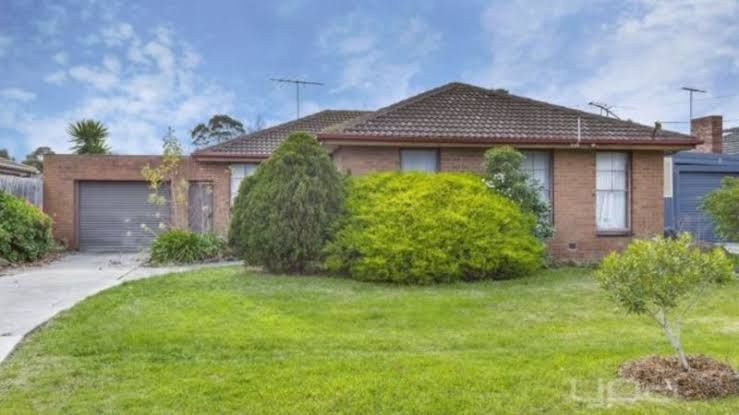Why Are Mum & Dad Landlords Selling Up?

The 31% of the Australian community who live in rented accommodation are being battered from all sides.
Wages growth well below inflation, high inflation, too few social housing projects being delivered despite plenty being promised.
In recent years the number of small investors - like the family units who own a single rental property - has been tapering off.
Over 2 million Australian taxpayers 'fess up to receiving rental income, and claim deductions from the taxman.
For 20 years being a landlord has lost favour - there are always new entrants to the landlord class but they are fewer and fewer each year as so many sell up and withdraw their rental property and capital from real estate.
Meanwhile the population, and the proportion forced to rent, continues to increase.
Real estate investing has typically been described as a longer term investment. This requires confidence about the containing risks, and hoping for profits, over a longer time period.
That confidence has taken a belting from burgeoning costs, lower job security, higher inflation swallowing up domestic incomes, governments seeking more taxes, geo-political issues, natural disasters, climate change, Covid etc.
Figures reveal the overwhelming portion of relinquished rental properties are being snapped up by owner/occupiers, not recycled as rentals by new owners.
This further tightens the rental market (1.2% national vacancy rates presently!) as not enough new homes are being built to meet housing demand.
More competition for fewer rental properties means higher rents are sought and achieved.
What is rarely acknowledged in the media is that the majority of rental housing properties are "negatively geared".
This means that the Mum & Dad landlords are making an annual loss servicing their mortgage and meeting maintenance and other charges.
Mum and Dad real estate investors are subsidising from their own pockets other people's accommodation.
It is only at point of sale that a profit is shown if the property can be sold with an increased value beyond the accumulated annual trading losses.
Then the Federal Treasury sticks its hand out for Capital Gains Tax.
Many of you will already know this means apportioning half of the capital gain remaining after all legitimate costs are deducted to the taxpayers involved.
Basically Mum and Dad add their share of the profit from the sold investment property to that current year's taxable income, generally meaning much of the profit from being a landlord is taxed at each of Mum's and Dad's highest marginal income tax rate.
In recent times the costs faced by these Mum and Dad housing property investors have been increasing - particularly the property (or land tax) levied by State Governments, as well as the obvious higher "market" interest rates charged by lending institutions.
Insurance costs are also climbing.
Older rental properties - for example a 1970s 3 bedroom brick single story home - held by Mum and Dad investors, will have had lower purchase prices a decade ago, with consequently lower mortgages.
This lower mortgage has placed less upward pressure on rents as Mum & Dad investors seek to minimise their "top up" of rent received to cover mortgage and other costs.
New-build rental properties are at current land, construction and financing costs - all have increased over the past decade in our comparison, so the new Mum & Dad rental property investors need to seek higher rents to cover higher costs.
These so-called "Mum and Dad" investors likely have children and grandchildren seeking either home-ownership or rental accommodation, so appreciate the real world pressures faced.
They are also the owners and Loans Managers of the fabled Bank of Mum & Dad - the 10th largest home lender in Australia!
None of which will be changed by private developers being allowed to desecrate the neighbourhood character of southern Banyule - Ivanhoe, East Ivanhoe and Eaglemont - by building 5 story dwelling blocks in our streets.
The housing sufficiency, housing mix and housing affordability problems receiving so much current attention nowadays need a more nuanced response than building the innocently labelled "medium density" housing 5 stories high among traditional, well-loved, single and two-story family homes of our suburbs.
Member discussion